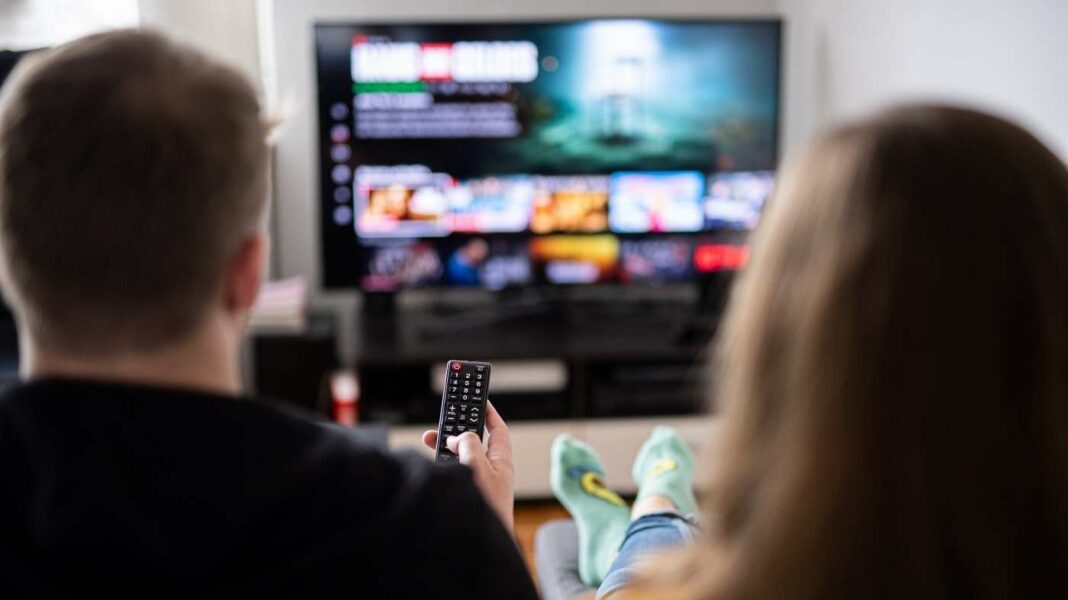Maximizing TV energy efficiency is crucial for reducing electricity bills. Strategies include activating Eco Mode to adjust settings for lower power use, utilizing the Auto Standby feature to shut down after inactivity, and avoiding leaving the TV on in the background. Completely powering down the TV with a manual switch is also recommended over standby mode. When purchasing, opt for energy-efficient models and pay attention to connected devices like gaming consoles for additional savings.
Maximizing Energy Efficiency in Your TV Usage
In numerous homes, the television is a staple, often running for hours each day. Whether it’s a favorite movie or a beloved series, many people leave their TVs on for a comforting backdrop, even when they aren’t actively watching.
This habit, however, comes with a financial downside: running your television consumes electricity, which translates to higher bills. Luckily, modern TVs come equipped with smart features designed to help you cut down on energy use. Here are five effective strategies to reduce your television’s power consumption.
Effective Strategies to Lower Your TV’s Energy Usage
Activate Eco Mode
The energy consumption of your television can vary greatly depending on its settings. For example, increasing the brightness will also boost power usage. A simple solution is to utilize the ‘Eco Mode’ available on many TVs today. This feature optimizes picture settings to minimize energy consumption without compromising your viewing experience. Advanced models can even sense the lighting in the room and automatically adjust the brightness accordingly.
Utilize the Auto Standby Feature
For those who often doze off while watching, the ‘Auto Standby’ function is a lifesaver. This feature, found in many modern TVs, allows the device to power down automatically after a period of inactivity, preventing it from running all night long.
Avoid Leaving the TV on in the Background
Whether you’re cooking, cleaning, or having a meal, it can be tempting to let the TV play in the background. However, this practice can gradually add up to significant costs. It’s more economical to turn off the TV when not in use, or consider streaming content on a tablet or phone instead. Some TVs even have a feature that allows you to switch off the screen while still playing audio, letting you enjoy music without wasting energy.
Power Down Completely Instead of Standby
If you usually turn off your television with the remote, it’s likely still in standby mode, consuming unnecessary energy. A better approach is to use a power strip with a manual switch, only plugging in your TV when you’re ready to watch. This method also enables you to cut power to other connected devices, like receivers and gaming consoles, simultaneously.
Choose Energy-Efficient Models When Buying
Old televisions can be energy hogs, so investing in a new model can lead to substantial savings. When shopping for a new TV, pay close attention to the energy label. TVs are rated from A to G, with A indicating low energy consumption and G representing high usage. Additionally, consider the screen size; larger screens typically consume more power.
Don’t Forget Connected Devices
Energy savings aren’t limited to just the television; connected devices like gaming consoles can also be optimized for efficiency. Review the settings on your consoles, such as PlayStation and Xbox, and enable features like energy-saving mode to help reduce their power consumption as well.
